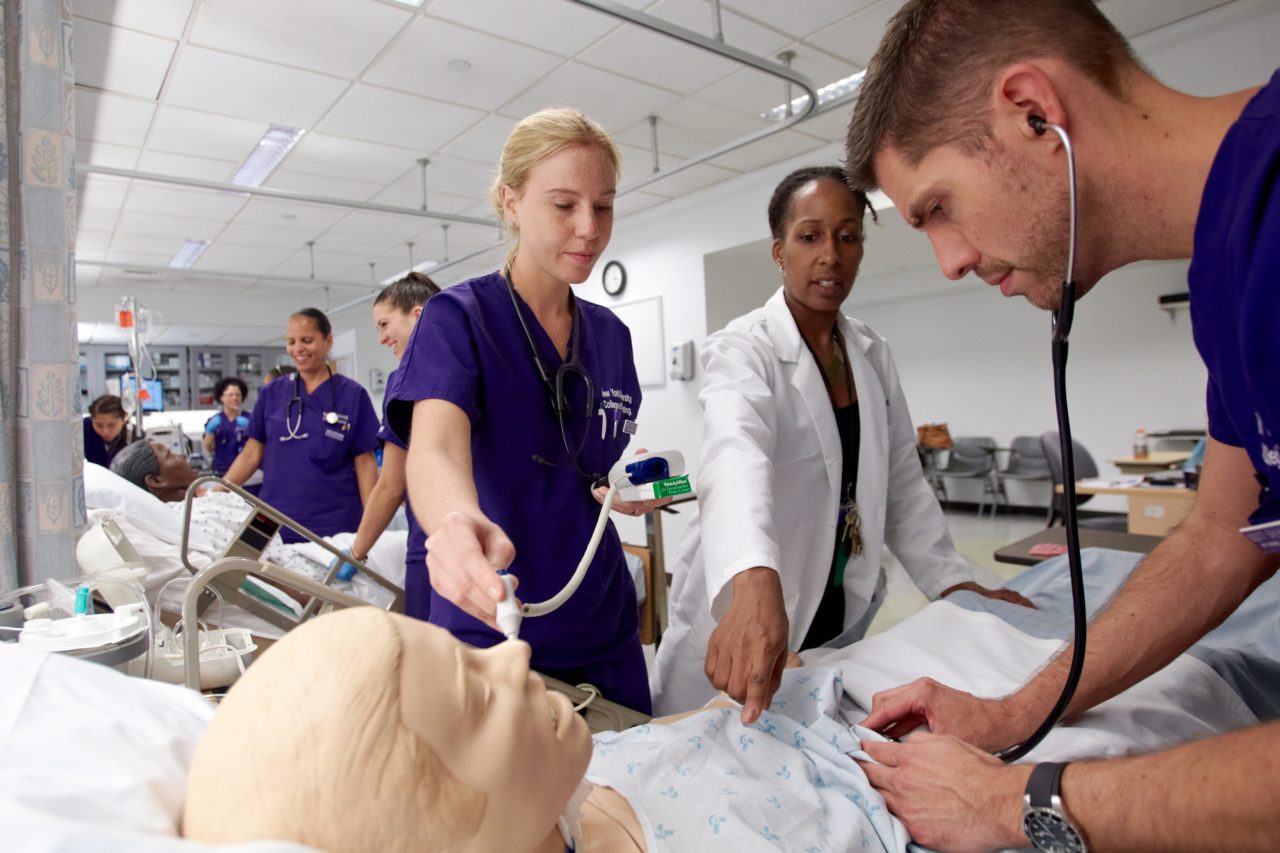
What Is a Practicum Course?
Practicums are courses specifically designed to give students supervised practical experience in a particular field or industry. In simple terms a practicum course allows students to learn about an area by doing work in it. Each practicum course can look different depending on the professor or the industry. Regardless, practicums help students connect academic knowledge to real-world experience.
What’s the Difference Between a Practicum and an Internship?
For many students, a practicum sounds a lot like an internship, and understanding the difference may seem tricky. But, knowing the difference can help students choose the best path for them and better plan their studies.
Practicum Courses
In a practicum course, observational learning is students’ primary focus. Through observational learning, students understand how to use the ideas learned in a textbook or classroom in the real world. At the same time as the on-site experience, students enroll in an academic course. Having class lets students reflect on their experiences and discuss ideas, theories, or concepts connected to the area of focus.
A practicum’s on-site work demands vary based on the field. However, students generally provide limited assistance in a closed environment for less than 10 hours a week.
Internships
Internships, by design, mimic a traditional job situation more closely than practicums. Instead of making connections, internships let students use and practice the skills and concepts they’ve learned. Because of this, interns take on a stronger workload and dedicate more working hours a week to their role.
Interns still work under the supervision of professionals. However, those professionals oversee them more like a boss rather than a mentor. Therefore, interns tend to work independently rather than observing and working with another team member.
What I Learned from Taking a Practicum Course
During my first semester of college, I enrolled in International Studies in Human Rights Education through the Steinhardt School of Culture, Education, and Human Development. During our first class, I learned that this course would be a practicum, but I had no idea what that meant.
After further explanation, my professor shared that we’d study human rights education and volunteer with an organization that aligns with the same principles. Throughout the semester, we’d split our time between the classroom and a tutoring center in Brooklyn.
While I enjoyed the experience, at first, I didn’t fully understand the value of learning and working at the same time. However, after spending more time in the field and the classroom, I started making the connections between our academics and the real world.
At the tutoring center, we worked with low-income minority elementary school students from one of the worst school systems in the country. It was apparent that their education was failing them. Many students couldn’t count to 20 while others could barely understand English, yet they werenʼt given needed ESL courses to succeed. Being on site made me realize that many of the debates we’d have in the classroom about the universal right to quality education were playing out directly in front of us.
While volunteering, we also helped students with creative writing tasks, which allowed them to create and tell their own stories. These projects paralleled the discussions we had in class about providing agency to those who had their human rights violated. So, by tutoring students in creative writing, we replicated the same process we’d learned about in the classroom to help hurt communities worldwide.
Although it took a minute to realize it, my practicum taught me how to utilize theories and practices in human rights in the real world. And I did so while meeting new people, exploring a new borough, and serving others.
Where Can I Find Practicum Courses?

While most common in social work or mental health, students can find practicum courses in various programs. Practicum courses cover topics from business at Stern to fashion at Gallatin, and there are even summer courses in New York City available for NYU Shanghai students to work and study on a student visa.
There are many ways to find practicum courses at NYU. Using NYU Albertʼs class search feature is one of the main ways to do so. All admitted students can access this portal, and it gets updated regularly with new course offerings.
Another simple way to find practicum courses is to Google “NYU [insert school/program] practicum courses.” In the search results, youʼll find website and course description links for each class so you can learn more information about them before registration.



